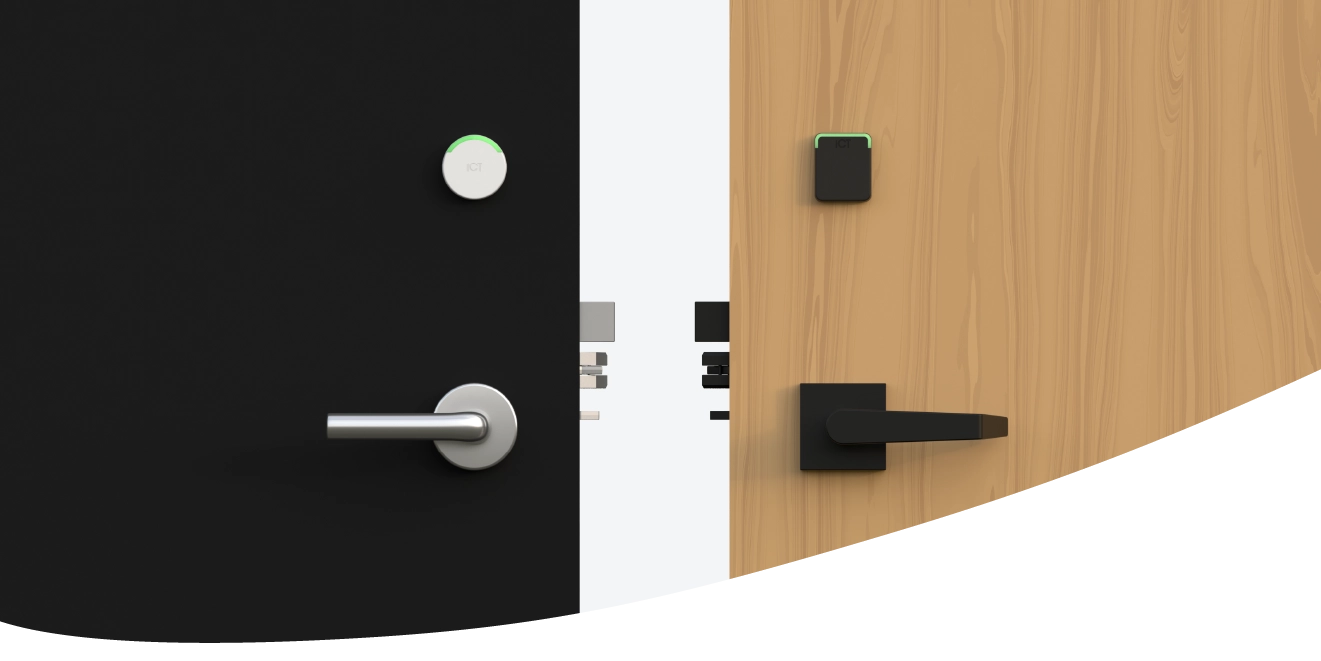
Protege Wireless Lock Handing 101
ICT's new wireless locking range unifies the individual apartment to the wider, connected building.
The Protege Cartridge Mortise Lock comes with a variety of handle options - all you need is your smart keycard or ICT Mobile Credential to take full advantage of shared amenities and the privacy of your own home in style.
Before we hand over the keys to our guests, tenants, or new apartment owners we need to make sure we've handed it right, or was it left? Now that I've confused you, let me explain. Correct handing starts back with the specification, so let me give you a hand with handing.
What is handing?
It may surprise you, but handing has nothing to do with whether you’re left or right-handed, but actually refers to the direction that the end of the handle – also known as a lever – is pointing when installed.

How to specify the handle for Protege Wireless Locks
Whichever style you’re specifying, the handle should always be pointing towards the hinges of the door, otherwise, it will hit the door frame.
To figure out what kind of handle you need, stand on the external side of the door. Take note of where your door hinges are – if they’re on the left you need a left-handed handle and if they’re on the right you need a right-handed handle. You will need the opposite facing handle for the interior of the door.
For example, if you’re facing the outside of the door and the hinges are on the left, you would purchase the left-hand handle. You would then need the right-hand return handle on the interior of the door as the hinges are now on your right.
When ordering a handle, specify using these product codes:
- LH: Left Hand
- RH: Right Hand
Test this out using the Protege Wireless Lock Selector.
How to specify the lock body for Protege Mortise Locks
The Protege Mortise Locks require you to specify the lock body for left or right. This is because the tongue of the lock body will hit the door frame if installed backwards, rather than automatically latching when closed.
To do this, stand on the secure side of the door and determine which side the hinges are on and which way the door is going to swing - in or out.
If your door hinges are on the left and your door is swinging in towards the room, you will need a left hand lock body. If your door hinges are on the left and the door is swinging out, you will need a left hand reversed lock body.
If your door hinges are on the right and your door is swinging in towards the room, you will need a right hand lock body. If your door hinges are on the right and the door is swinging outwards, you will need a right hand reversed lock body.

